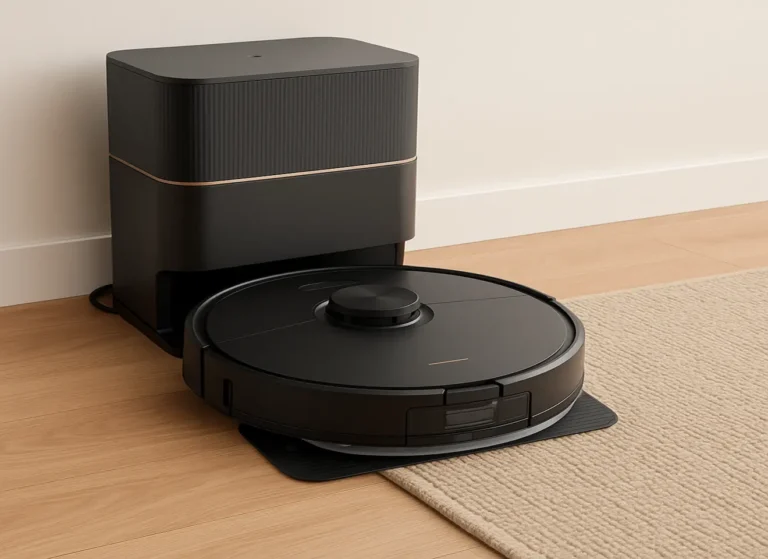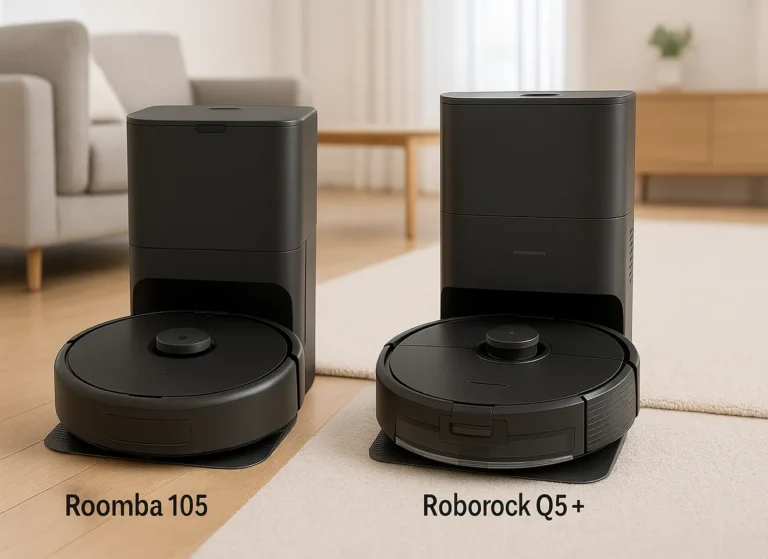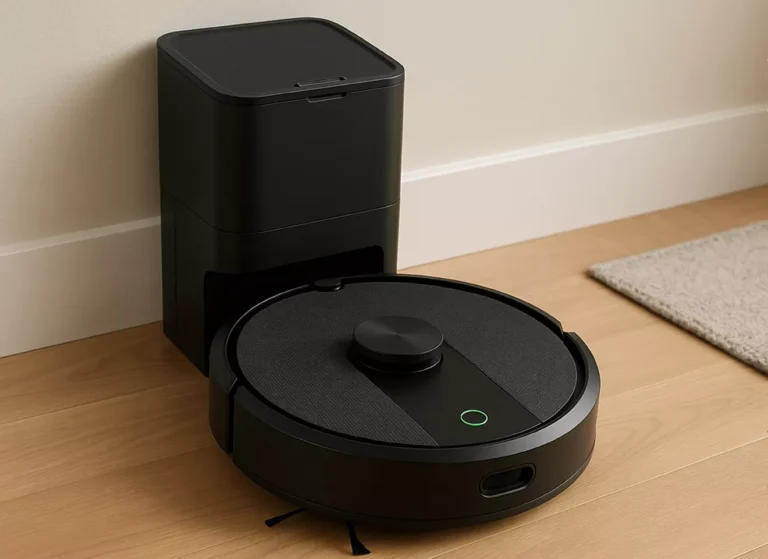Amazon eero Pro 7 Tri-Band Mesh Wi-Fi 7 Router Review: Speed, Coverage, and Simplicity in One
The Amazon eero Pro 7 is a tri-band Wi-Fi 7 mesh system that’s easy to set up, covers up to 6,000 sq. ft. with a 3-pack, and includes two 10 Gbps Ethernet ports. It integrates smoothly with Alexa and supports Matter. Downsides: some advanced security features require an eero Plus subscription and there are no USB port
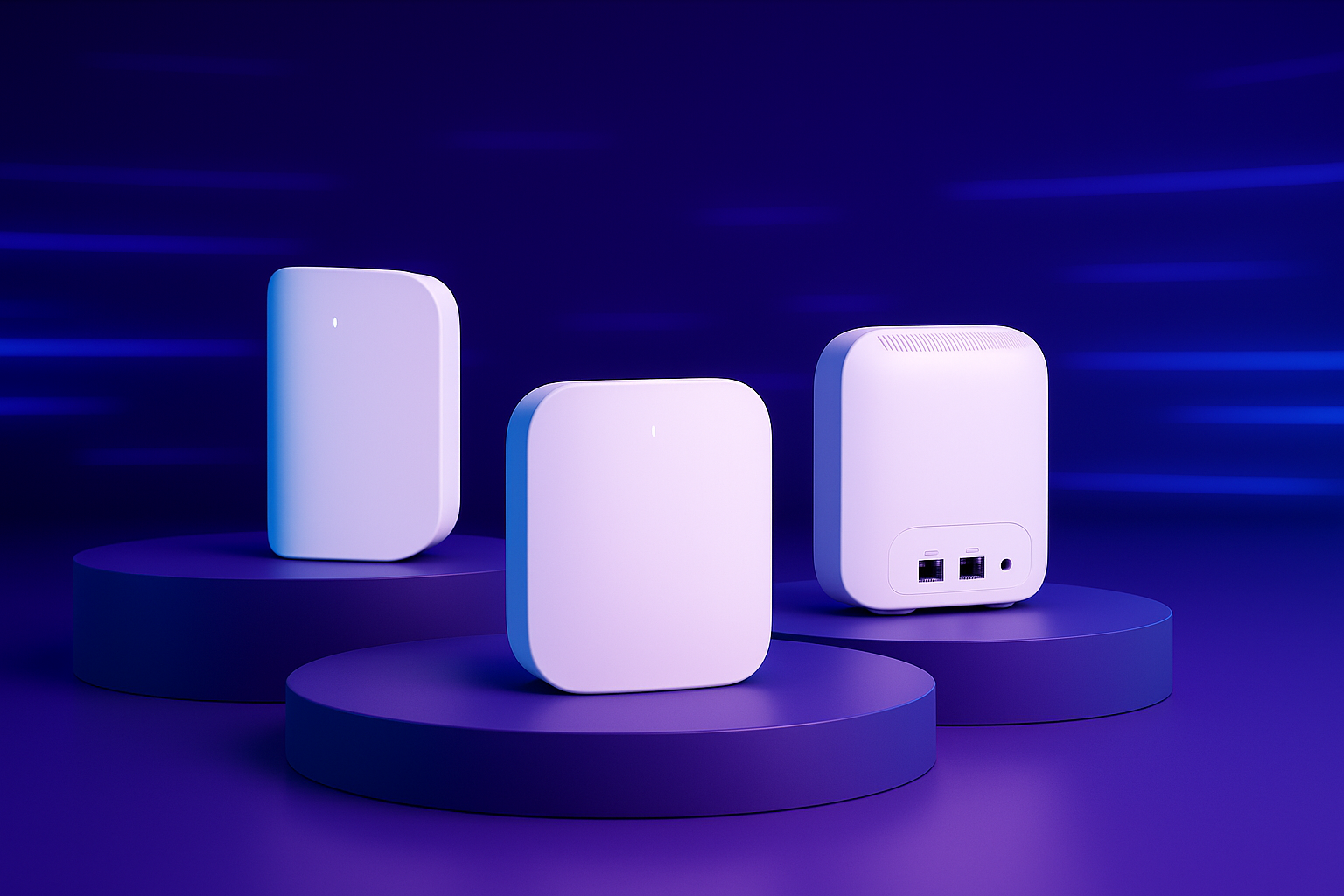
This image has been generated using AI for illustrative purposes only and does not represent an actual product image
Getting to Know the Amazon eero Pro 7: What You Need to See First
In today’s hyper-connected world, your home Wi-Fi isn’t just a utility—it’s the nervous system of your digital life. Whether you’re video conferencing, streaming 4K movies, gaming online, or just yelling “Alexa, play some music,” a solid wireless network keeps everything running smoothly. Amazon’s latest entry into the Wi-Fi 7 arena, the eero Pro 7 Tri-Band Mesh Wi-Fi 7 Router, promises blazing speeds, impressive coverage, and hassle-free setup, all in a stylish little package.
But is it all just marketing fluff, or does the eero Pro 7 truly live up to the hype? Let's dive into what makes this router tick and whether it’s worth setting up shop in your living room.
Features of the Amazon eero Pro 7 Tri-Band Mesh Wi-Fi 7 Router
Amazon’s eero line has always leaned into simplicity and smart home compatibility, and the Pro 7 brings a welcome upgrade: Wi-Fi 7 support. For those not fluent in tech jargon (and honestly, who is?), that means faster data, lower lag, and better performance when multiple devices are connected.
Tri-Band Power
Unlike dual-band routers that juggle traffic on just two frequencies (2.4GHz and 5GHz), the eero Pro 7 adds a third 6GHz band to the mix. This tri-band setup helps keep the traffic flowing efficiently—even when your family is running ten devices at once. According to CNET, the addition of 6GHz helps reduce congestion and opens up more bandwidth, particularly in homes that are streaming or gaming heavily.
Why the 6 GHz band matters: eero Pro 7’s tri-band design adds a 6 GHz lane for newer phones and laptops, easing congestion on 2.4/5 GHz. Wi-Fi 7 also brings wider 320 MHz channels and lower latency features like Multi-Link Operation. Early coverage confirms dual 10 Gbps Ethernet and tri-band support—see The Verge’s 2024 eero lineup details.
Blazing Fast Speed
This router supports internet plans up to 5 Gbps, which, let’s be honest, most homes aren’t using yet—but it’s future-proofed for when they do. It’s capable of delivering up to 4.3 Gbps wirelessly and even faster via Ethernet. There are two 10 Gbps Ethernet ports, allowing you to hardwire your devices if you want maximum performance.
Smart Home Integration
Being an Amazon product, the eero Pro 7 works seamlessly with Alexa. You can pause the internet on your kid’s tablet with your voice or see which devices are hogging all the bandwidth. It’s also Matter-compatible, making it a strong choice if you're building out a smart home that works across multiple brands.
How It Stacks Up Against the Competition
The router space is getting crowded with high-performance Wi-Fi 7 systems. So how does the eero Pro 7 fare against rivals like TP-Link Deco BE85 or Netgear Orbi 970?
Simpler Setup
Many routers with similar specs require a background in IT to install. Not this one. The eero app makes setup incredibly straightforward, walking you through the process in just a few taps. Even your grandma could do it—assuming she’s okay with using a smartphone.
Design and Footprint
While the TP-Link Deco and Orbi models lean toward futuristic sci-fi towers, the eero Pro 7 keeps things minimal. Its sleek cylindrical shape blends well with modern décor. It’s designed to sit discreetly on a shelf or side table without drawing attention.
Performance Trade-offs
Some reviewers from TechRadar and The Verge have noted that while the eero Pro 7 is solid in speed and reliability, it doesn't quite reach the theoretical peak throughput of pricier tri-band routers like the Orbi 970. That said, for everyday use in medium to large homes, the difference is often negligible.
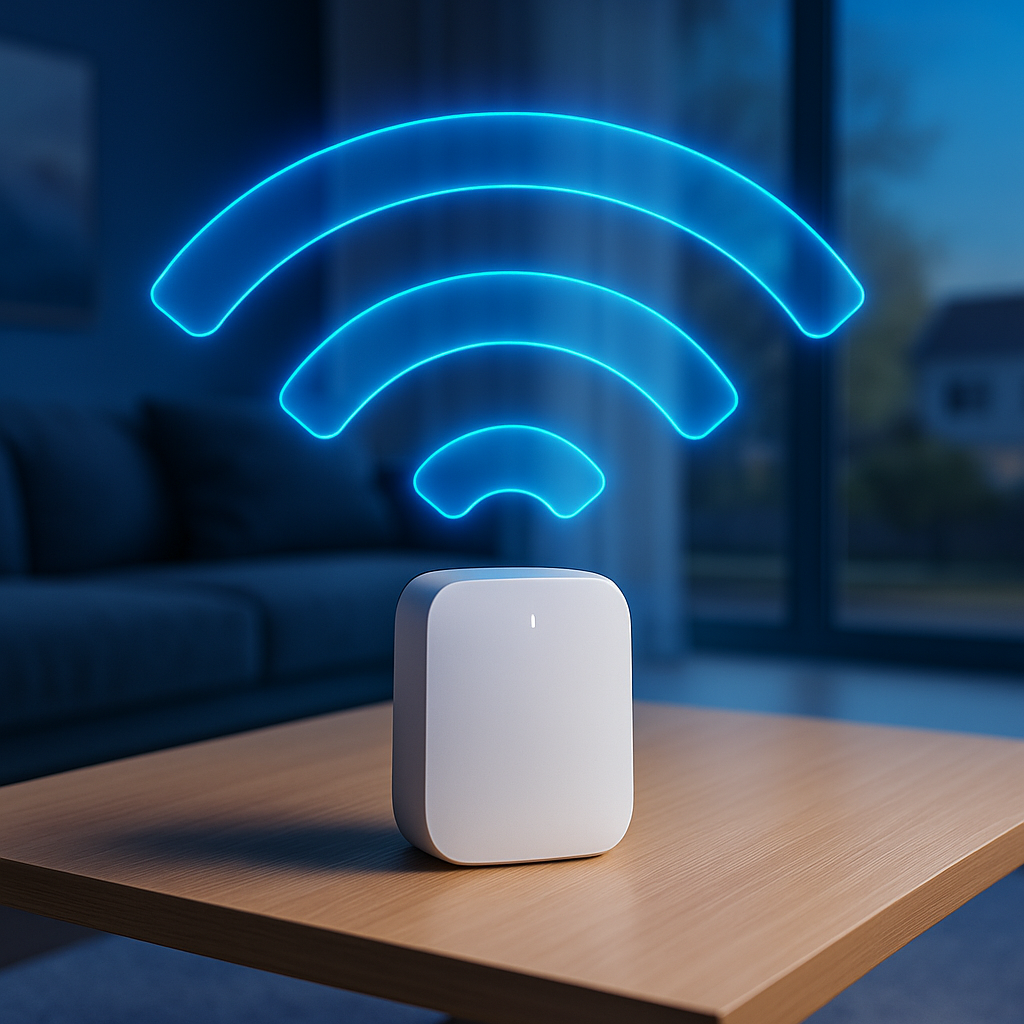
This image has been generated using AI for illustrative purposes only and does not represent an actual product image
Price and Accessibility
As of July 2025, the Amazon eero Pro 7 3-pack is priced at $599.99 on Amazon.com. While it’s not the cheapest router out there, it's fairly priced for what you get:
- Tri-band Wi-Fi 7
- Up to 6,000 sq. ft. of coverage
- Two 10 Gbps ports
- Seamless integration with Alexa and Matter
That’s a compelling package—especially when competing systems with similar specs often start above $700.
If you don’t need a 3-pack, Amazon also offers single-unit options starting around $229.99, suitable for smaller spaces.
Real Advantages and Disadvantages
Let’s talk about what it actually feels like to live with the eero Pro 7. It’s one thing to see speed charts and another to have smooth Zoom calls while your teenager is gaming in 4K.
What It Does Well
🟢 Strong Signal Everywhere
The coverage is the real hero here. One unit covers up to 2,000 sq. ft., and the three-pack delivers consistent performance across multiple floors or thick-walled homes. No more buffering in the basement or dropped Zoom calls in the kitchen.
🟢 App Experience
The eero mobile app is one of the most user-friendly out there. You can monitor connected devices, prioritize traffic, pause Wi-Fi, and set up guest networks in seconds.
🟢 Excellent Smart Home Compatibility
If you’re already an Alexa user or have plans to build a smart home, this router makes the transition smoother. Matter support also ensures future devices from other brands will play nice.
What Could Be Better
🔴 Subscription Fatigue
While you can use most features for free, advanced security options require a monthly subscription to eero Plus. That includes content filtering, ad blocking, and enhanced threat detection. Some users may feel nickel-and-dimed.
🔴 No USB Ports
For a router in this price range, it’s a bit of a letdown that there’s no USB support for external drives or printers.
Final Thoughts: Is the eero Pro 7 Worth It?
If you want a router that you can set up without a headache, that keeps your smart devices connected, and that delivers consistent speed throughout your home—the Amazon eero Pro 7 is a solid bet. It’s not the absolute fastest on the market, but for most people, it offers more than enough performance.
It’s sleek, future-ready, and plays well with your smart home ecosystem. The subscription requirement for full security features is annoying, but not a dealbreaker for everyone.
So, should you buy it?
If you value simplicity, style, and solid performance without needing to take a networking course first, this router fits the bill beautifully.
FAQ
Q1. How much area can the eero Pro 7 cover?
A 3-pack is rated for up to 6,000 sq. ft., while a single unit covers up to about 2,000 sq. ft., making it suitable for medium to large homes.
Q2. Does the eero Pro 7 work with Alexa and Matter?
Yes. It integrates seamlessly with Alexa and supports Matter, so it plays nicely in mixed smart-home ecosystems.
Q3. What wired ports does each unit include?
Each eero Pro 7 includes two 10 Gbps Ethernet ports for high-speed backhaul or hard-wiring bandwidth-hungry devices.
Q4. Are there USB ports for storage or printers?
No. The eero Pro 7 does not include USB ports.
Q5. Do I need a subscription for security features?
Core features are free, but advanced protections (like enhanced threat detection and content filtering) require an eero Plus subscription.
Q6. How does performance compare to pricier tri-band systems?
It’s fast and reliable for day-to-day use, though some reviewers note peak throughput can trail the most expensive flagships—usually not noticeable for typical households.
Related posts:
- Amazon eero 7 Dual-Band Mesh Wi-Fi 7 Router Review: Affordable, Reliable, and Future-Ready by EasySmartHomeGuide Editorial Team — Updated 9 October, 2025 Amazon...
- NETGEAR Orbi 970 Series Review: Quad‑Band WiFi 7 Speed That Covers Every Corner NETGEAR Orbi 970 Series Quad‑Band WiFi 7 Mesh Network System by...
- TP-Link Deco XE75: The Mesh Wi-Fi System That Actually Understands Your Home by EasySmartHomeGuide Editorial Team — Updated 1 September, 2025 TP-Link...
- Roborock Q5 Pro Review: The Entry-Level Robot That Feels High-End (2025) by EasySmartHomeGuide Editorial Team — Updated 10 October, 2025 Roborock...

